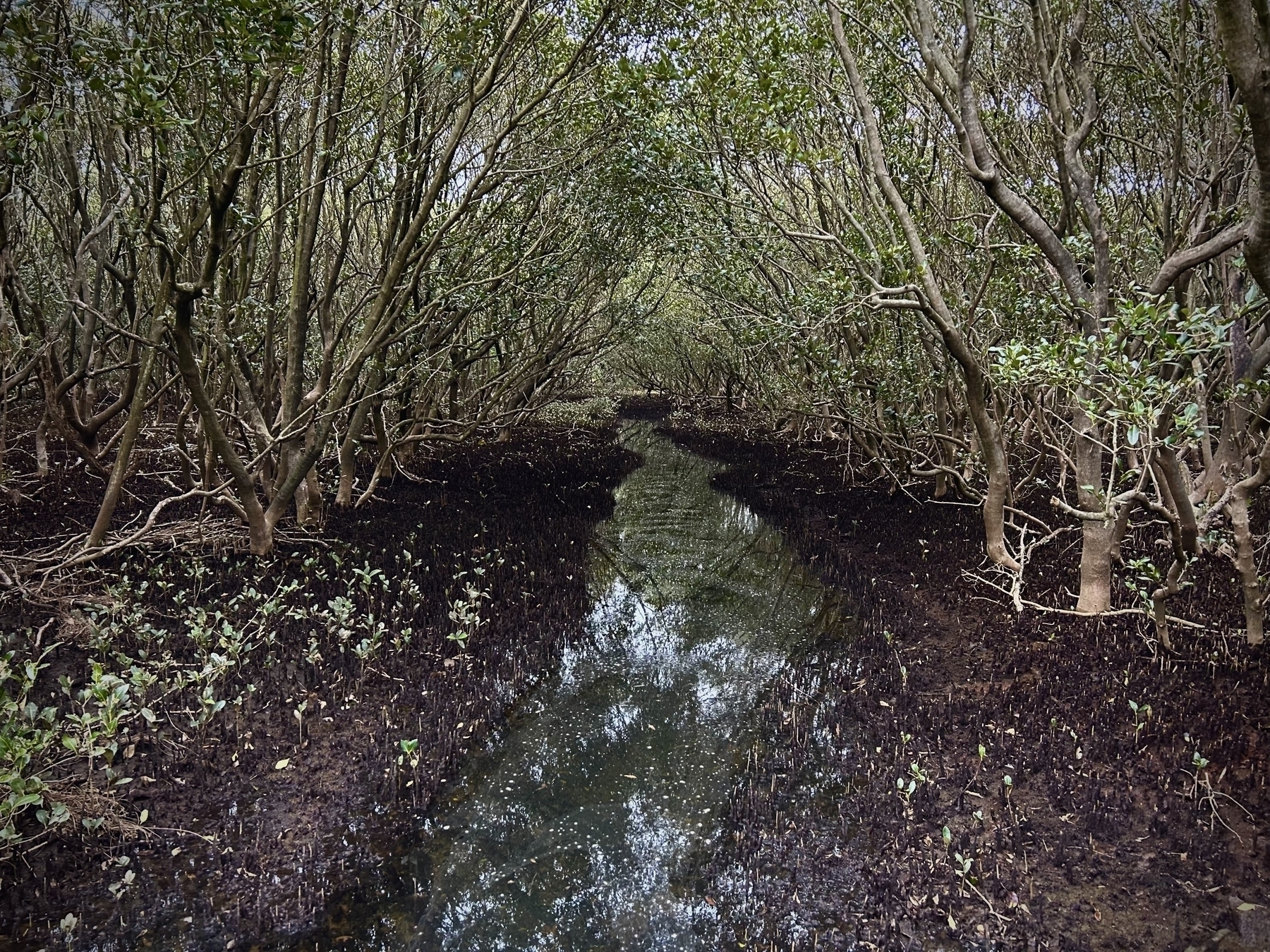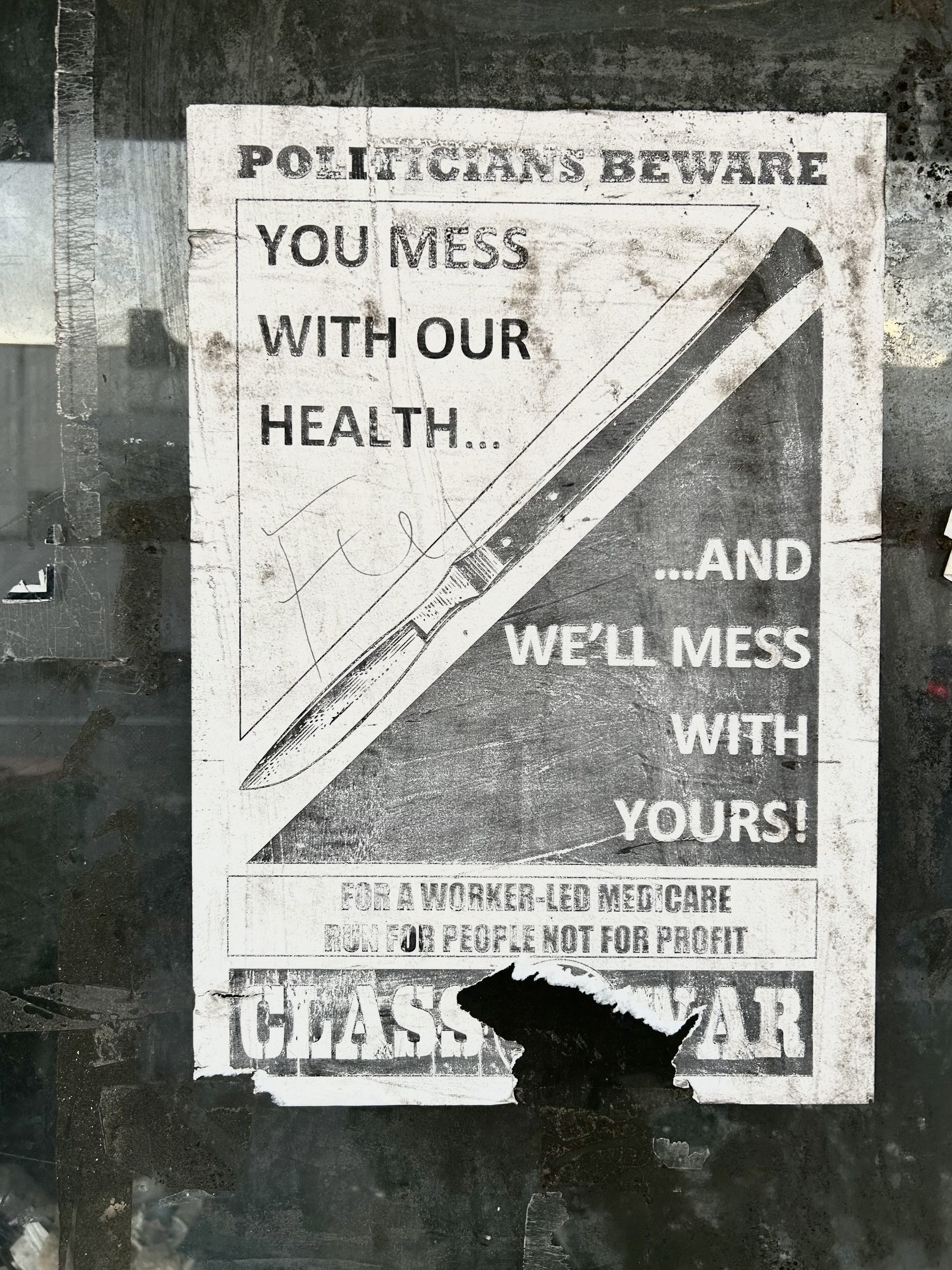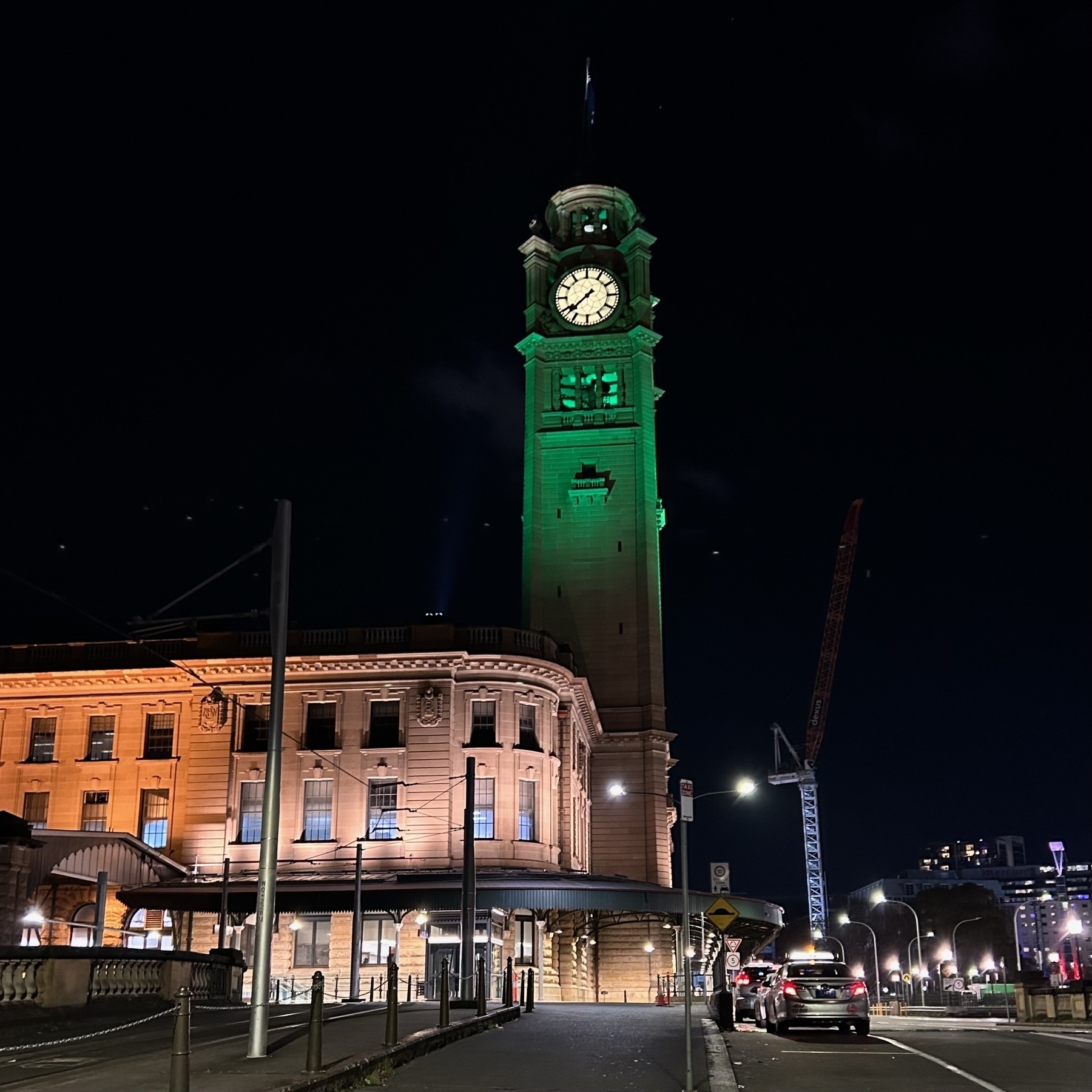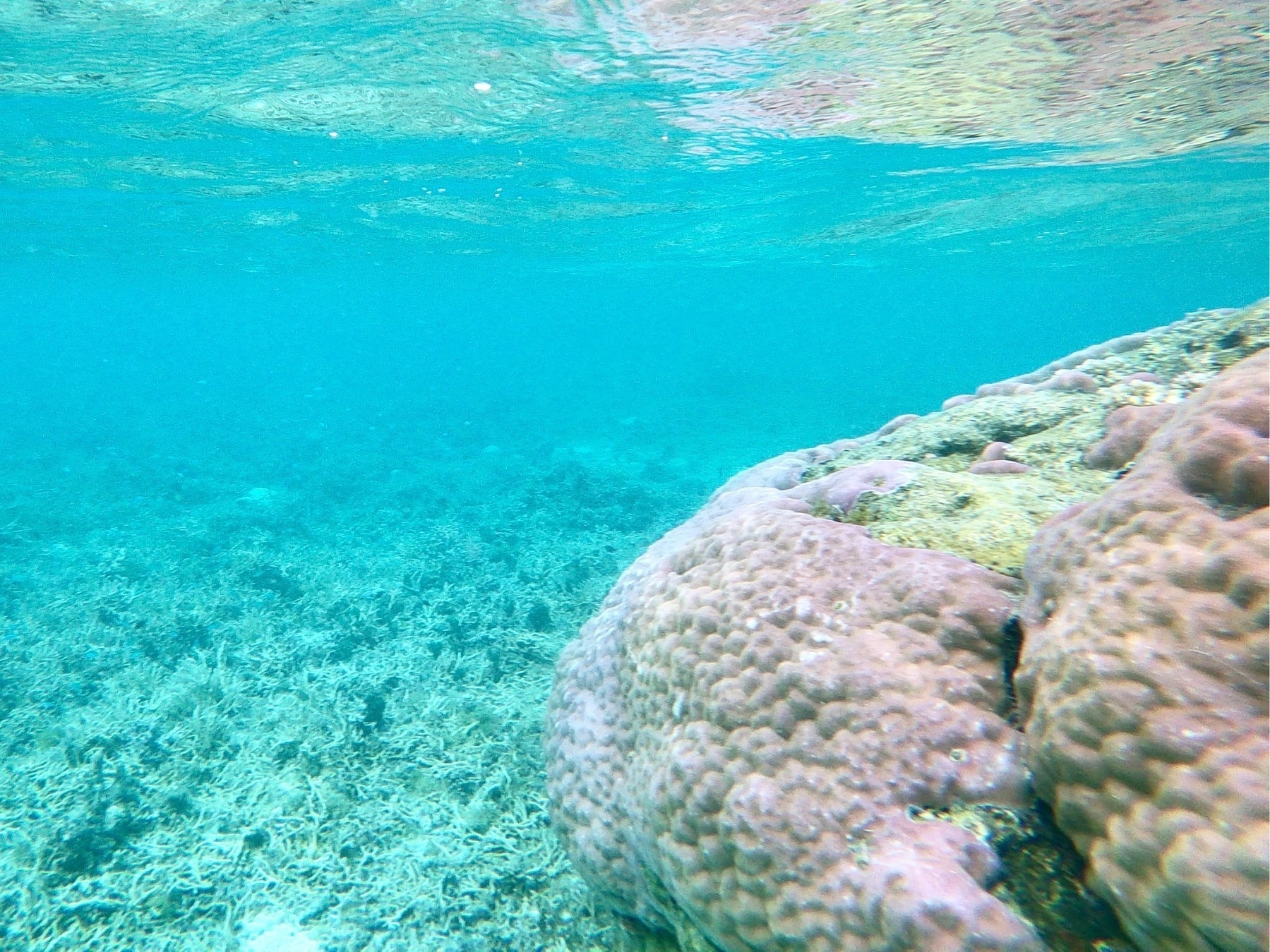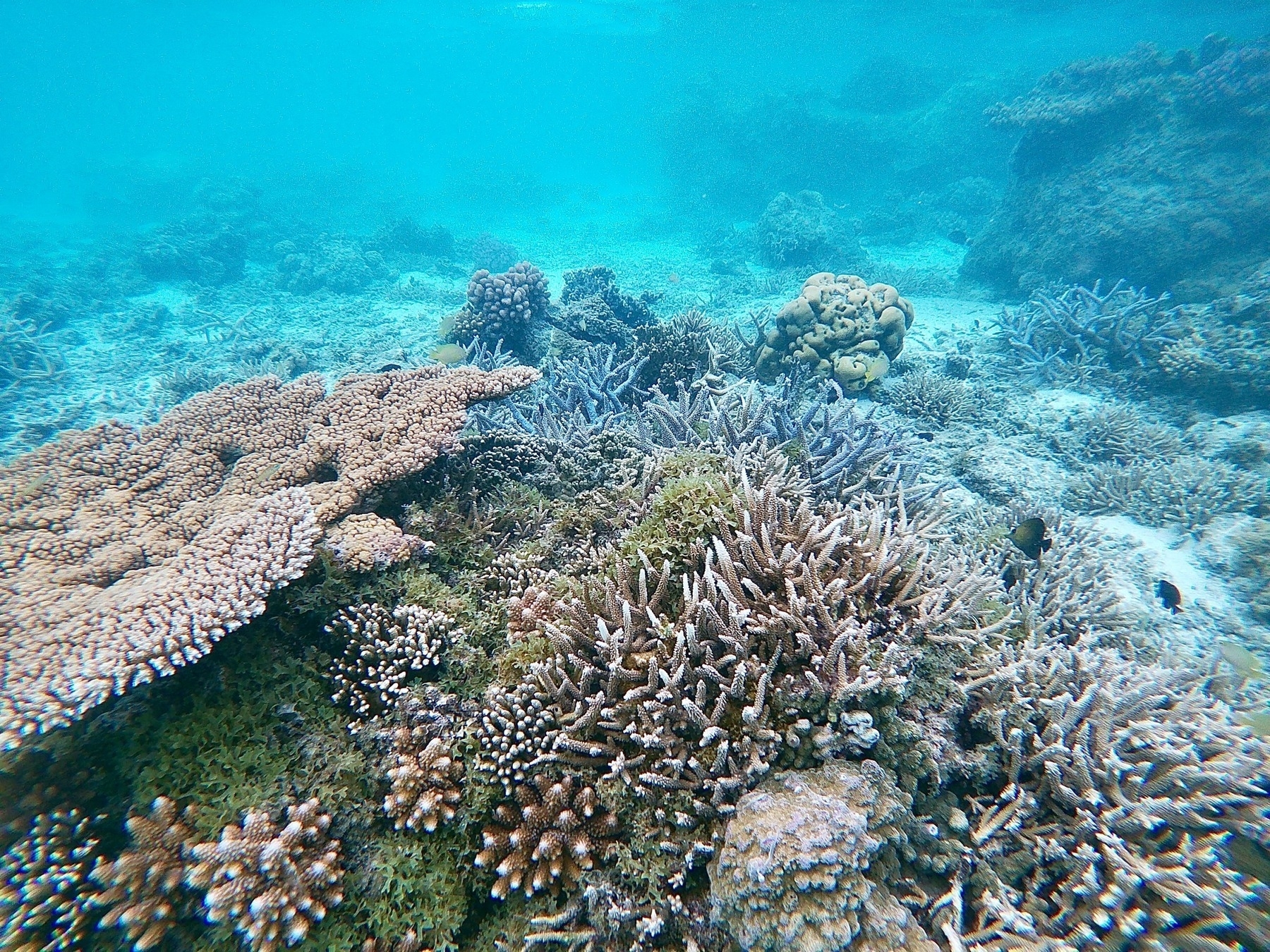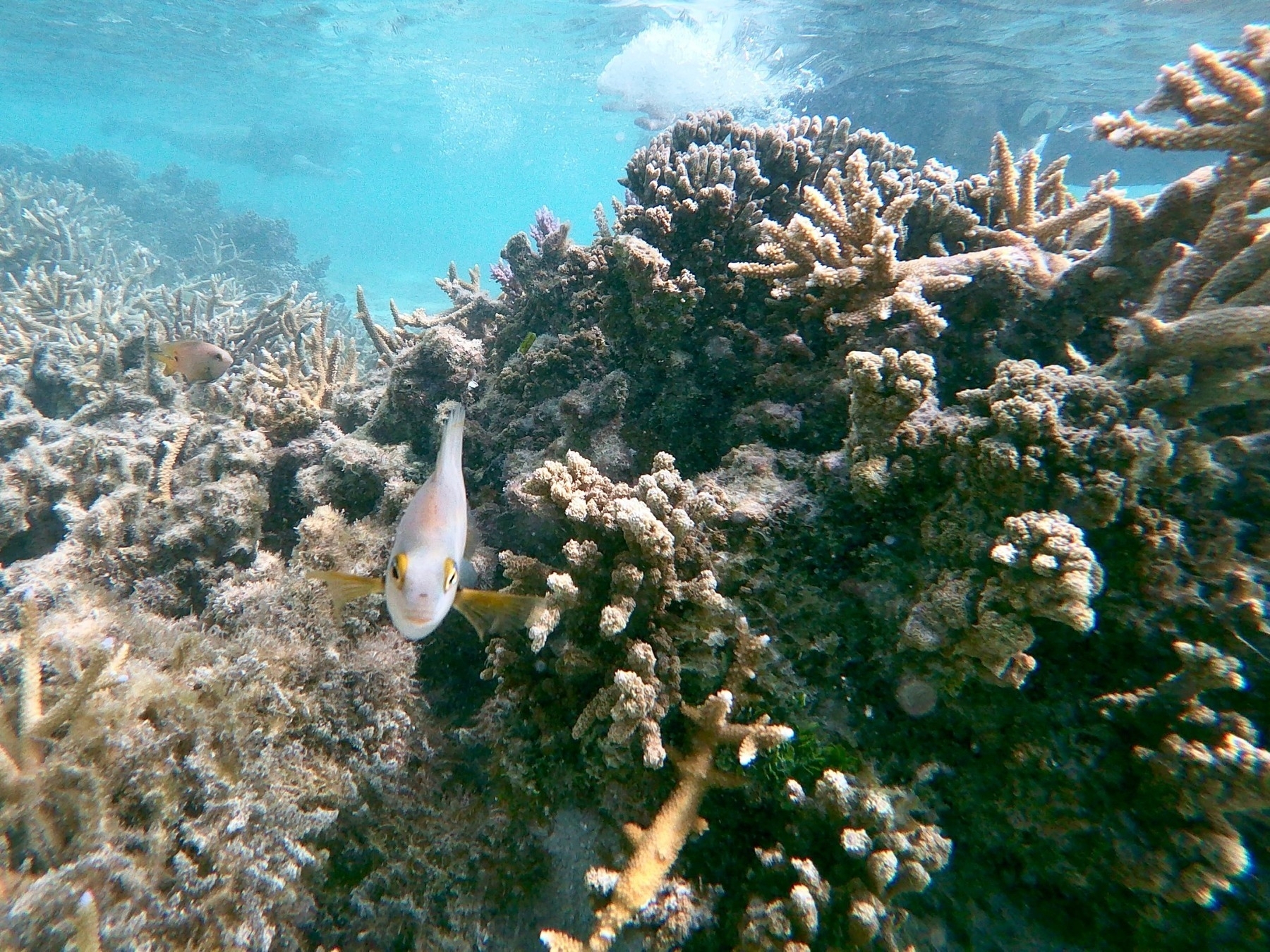“We’d invited the Prime Minister and the opposition leader to accept the Uluru Statement as a bark painting, like politicians always have. But our old people said, ‘No, they're going to take it and put it on the wall in Parliament House and they're not going to implement what's in there. We have to go out on the red dirt, stare down the camera and invite Australians to walk with us, like they did in 1967, in a movement of the Australian people for a better future.'"
Remote work as a break from workplace racism
There’s a fair bit of human resources nonsense in this article (quiet quitting, leadership jargon, etc.) but the racism described is real.
“Jobs are built on social capital. We could miss out on those happy hour opportunities,” Barton said. But he’s willing to sacrifice the in-office networking. “Honestly,” he said, “I would trade that in for my peace of mind.”Throughout the pandemic, survey after survey showed what some workers of color have known for years: Workplace politics and discrimination can make the office an undesirable place to be.
🖖 While I like it, Strange New Worlds has jarring tone shifts between episodes.
Alternating hijinks and PTSD is a very 2020s version of mythos and monster of the week.
Brave New Word? A fun little web game when you guess when neologisms were coined, via waxy.org
Not from the game, but I’m always amazed the phrase “only Nixon could go to China” predates him actually going to China.
Baseball in Bhutan
“Bhutan hopes to be next great baseball country”
This is interesting, and highlights the dizzying pace of change in Bhutan. These sort of scenes would have been unimaginable when I was last there in the pre-COVID era.
It also makes me a bit sad because darts and archery were so dominant in Bhutan, and so different to the forms of those sports in other countries.

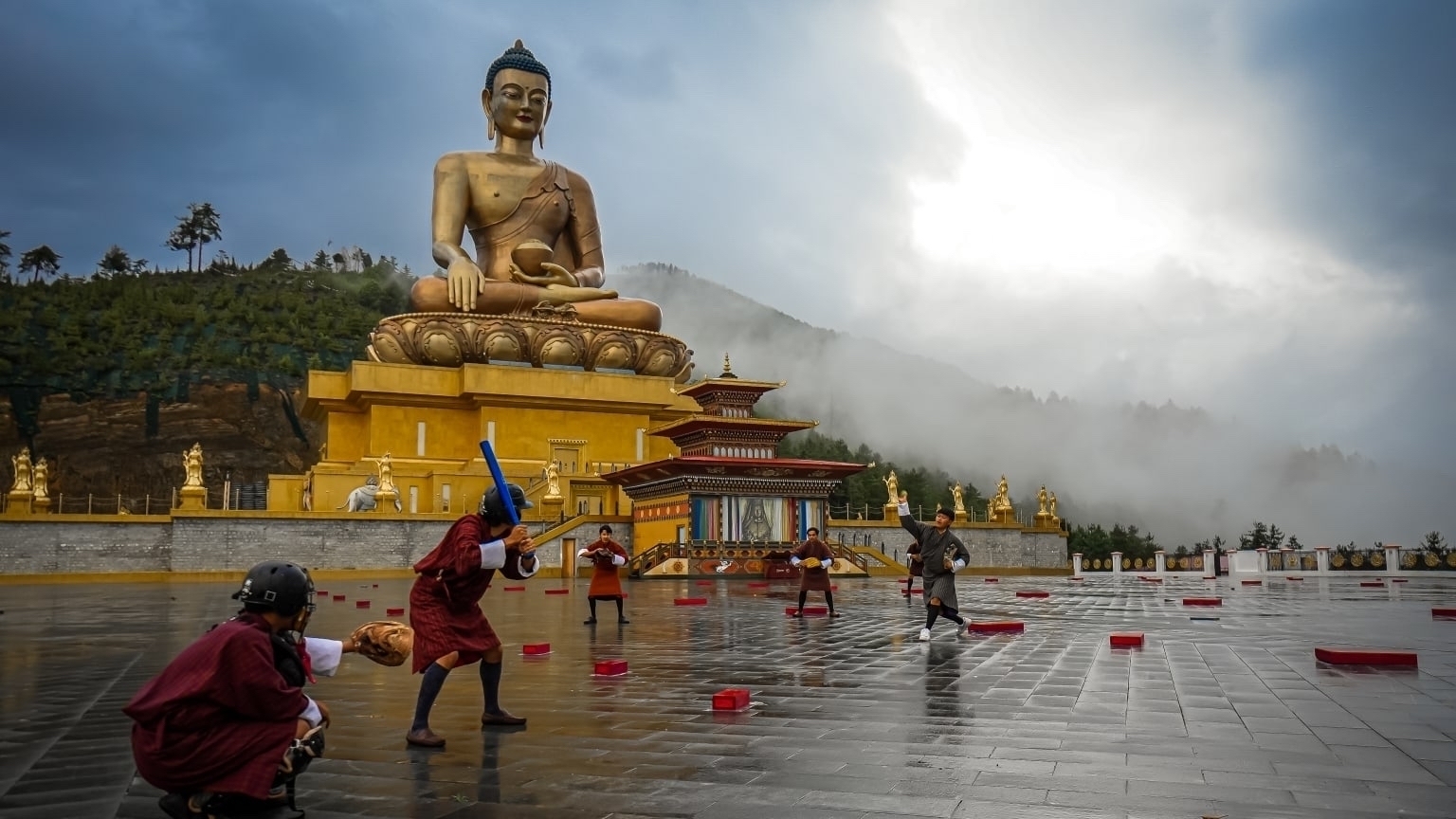

Is Mastodon a hostile place?
I read a useful post by Erin Kissane, where they asked people on Bluesky about what their negative experiences of Mastodon had been. I recommend you read it.
The main issues reported by people were that:
- they got scolded, usually for failing to use content warnings
- that they couldn't discover or easily search for people to follow
- it's confusing to have multiple instances
- it's too serious
- people are being denied features like reposts in the name of safety, rather than being treated by adults.
Separate to Erin's work, I asked a similar question on Bluesky last week and received a much smaller, but consistent set of responses.
We should take these issues seriously. Mastodon should continue to aspire to be a safe place, in particular people who are marginalised on the basis of race, gender, sexuality, disability and poverty. Many of the complaints identified by Erin are, at least in part, reflective of deep concerns about the safety of users that have guided the development of the platform.
However we have to acknowledge that people have been driven off. Many of those who've gone would make Mastodon a richer, more diverse and more interesting place. I changed instances last week and in the process I unfollowed several hundred accounts that I used to interact with, but who haven't posted for at least six months. I miss a lot of these people and we shouldn't callously dismiss their departure.
Perhaps we need to chart a middle path between safety and approachability.
The way we make and keep Mastodon, and the fediverse more generally, safe is by not tolerating bad faith nonsense. Agonising over this is a weakness that villains exploit, and which has systematically ruined corporate social media (though their owners have done a good job of ruining that all on their own).
I confess that I get frustrated with complaints about content warnings (CWs). Nobody has a right to my eyeballs or my thoughts. Screaming into the void is one thing, but you don't have the right to pour your negative emotional state into my brain.
The caveat to this, and it's a critical one, is that many people of colour and trans people have said that they've been lectured to use content warnings when complaining about the people, structures and processes that oppress them (Often referred to as a home owners association – or HOA – mindset. HOAs are themselves a U.S. term, so its usefulness as shorthand is pretty limited).
We have to believe these people. Their experiences are real and their perspectives are legitimate. The need to listen to these people precisely the we can't allow this variation of bad-faith sealioning to proliferate, and for CW scolding to be weaponised.
Again this speaks to the need for a middle path between safety and approachability.
Similarly, maybe people on the fediverse should throttle back on “you need to” posts if someone doesn't use a CW or include alt-text on an image. I like those norms, they actually help inclusivity, but they're possibly at the expense of being welcoming and allowing people to make good-faith mistakes.
None of these issues are resolved by technical affordances. A repost button that allows to dunk on other people would be neither more welcoming nor safer.
The middle path between safety and approachability will be charted by how we act.
Ben Harris-Roxas Website | Publications | Mastodon
What would the internet of people look like now?
One of the key markers of Web 2.0, in retrospect, was not the adoption of mobile, though that is certainly part of it. It was, instead, the intermediation of most interactions by algorithm.
— Read on www.theverge.com/2023/7/22/23803538/google-facebook-myspace-internet-culture-web-dot-com-crash
Review of The Deluge by Stephen Markley
Stephen Markley has crafted a well-written, thousand-page sprawling multi-person narrative about the havoc we'll face over next two decades due to climate change.
We follow a range of characters including a larger-than-life climate activist, a small group devoted to resisting extractivism through violence, a curmudgeonly climate scientist, a poor Midwesterner with a history of addiction, a modeller with autism, a PR shill for carbon polluters, and perhaps a dozen more characters. As the book unfolds we witness increasing climate chaos and political mayhem, fascism, collective action, and gradual inadequate political change.
I liked this book – and I think it's important – but it's difficult, weighty reading. The vision of what the next two decades will hold seems accurate, chilling, and is frankly emotionally battering. Markley clearly understands climate science and has devoted considerable effort to imagining the unravelling of politics as climate disasters occur more frequently and vested interests dig in.
A major weakness of the book is that it focuses entirely on the perspective of Americans. While many of the horrifying impacts of the climate catastrophe described in the book affect the Global South most, we never follow the perspective of those who live beyond the U.S.' borders. This is perhaps understandable. Markley is writing from perspectives that he knows and understands, primarily for an American audience. Unfortunately in doing so he perpetuates the kind of American egocentrism and exceptionalist thinking that has driven much of the climate catastrophe that we face.
In writing this review I've realised that the book could perhaps be 200-300 pages shorter. Many characters' perspectives are not critical to the overall plot, and entire strands remain unresolved. Some of this meandering writing asists world-building, and the lack of resolution enhances the overall realism (do any of our lives have neat endings?).
There is a significant through-line about whether the urgency of the climate emergency requires violent direct action, or if social movements are the only way the necessary change can be achieved. Markley clearly thinks the latter, and I suspect he’s right. He explores the moral and interpersonal costs of this kind of political violence, which are some of the more interesting aspects of the book.
The Deluge is a powerful work of foresight-infused fiction, and if you’re not convinced of the urgency of climate action by the end you haven’t been reading properly. A stark future lies ahead, and sooner than we think. For these reasons I recommend it to others, but I’m reluctant to return to it myself.
Ben Harris-Roxas Website | Publications | micro.blog
The Deluge
Stephen Markley has crafted a well-written, thousand-page sprawling multi-person narrative about the havoc we’ll face over next two decades due to climate change.
We follow a range of characters including a larger-than-life climate activist, a small group devoted to resisting extractivism through violence, a curmudgeonly climate scientist, a poor Midwesterner with a history of addiction, a modeller with autism, a PR shill for carbon polluters, and perhaps a dozen more characters. As the book unfolds we witness increasing climate chaos and political mayhem, fascism, collective action, gradual inadequate political change.
I liked this book – and I think it’s important – but it’s difficult, weighty reading. The vision of what the next two decades will hold seems accurate, chilling, and is frankly emotionally battering. Markley clearly understands climate science and has devoted considerable effort to imagining the unravelling of politics as climate disasters occur more frequently and vested interests dig in.
A major weakness of the book is that it focuses entirely on the perspective of Americans. While many of the horrifying impacts of the climate catastrophe described in the book affect the Global South most, we never follow the perspective of those who live beyond the U.S.’ borders. This is perhaps understandable. Markley is writing from perspectives that he knows and understands, primarily for an American audience. Unfortunately in doing so he perpetuates the kind of American egocentrism and exceptionalist thinking that has driven much of the climate catastrophe that we face.
In writing this review I’ve realised that the book could perhaps be 200-300 pages shorter. Many characters’ perspectives are not critical to the overall plot, and entire strands remain unresolved. Some of this meandering writing asists world-building, and the lack of resolution enhances the overall realism (do any of our lives have neat endings?).
There is a significant through-line about whether the urgency of the climate emergency requires violent direct action, or if social movements are the only way the necessary change can be achieved. Markley clearly thinks the latter, and I suspect he’s right. He explores the moral and interpersonal costs of this kind of political violence, which are some of the more interesting aspects of the book.
The Deluge is a powerful work of foresight-infused fiction, and if you’re not convinced of the urgency of climate action by the end you haven’t been reading properly. A stark future lies ahead, and sooner than we think. For these reasons I recommend it to others, but I’m reluctant to return to it myself.
Fire in the Hole
Across the globe, thousands of coal fires are burning. Nearly impossible to reach and extinguish once they get started, the underground blazes threaten towns and roads, poison the air and soil and, some say, worsen global warming. The menace is growing: mines open coal beds to oxygen; human-induced fires or spontaneous combustion provides the spark.
— Read on www.smithsonianmag.com/science-nature/fire-in-the-hole-77895126/
Climate reparations: An idea whose time has come
The largest twenty-one companies analyzed would disburse $5,444 billion over the period 2025–2050.
— Read on www.cell.com/one-earth/fulltext/S2590-3322(23)00198-7
Misunderstanding Misinformation
In this sense, individual posts are not atoms, but something like drops of water. One drop of water is unlikely to persuade or do harm, but over time, the repetition starts to fit into overarching narratives—often, narratives that are already aligned with people’s thinking. What happens to public trust when people repeatedly see, over months and months, posts that are “just asking questions” about government institutions or public health organizations? Like drops of water on stone, one drop will do no harm, but over time, grooves are cut deep.
— Read on issues.org/misunderstanding-misinformation-wardle/
A considered post by Claire Wardle about how we need to think more about misinformation narratives rather than “atoms of content”.
“Oceans have been absorbing the world’s extra heat. But there’s a huge payback”
England holds his arms out wide to show the size of one cubic metre of air. To heat that air by 1C, he says it takes about 2,000 joules. But to warm a cubic metre of ocean needs about 4,200,000 joules.
“By absorbing all this heat, the ocean lulls people into a false sense of security that climate change is progressing slowly.
“But there is a huge payback. It’s overwhelming when you start to go through all the negative impacts of a warming ocean.
“There’s sea level rise, coastal inundation, increased floods and drought cycles, bleached corals, intensification of cyclones, ecological impacts, melting of ice at higher latitudes in the coastal margins – that gives us a double whammy on sea level rise.
— Read on www.theguardian.com/environment/2023/may/15/oceans-have-been-absorbing-the-worlds-extra-heat-but-theres-a-huge-payback
